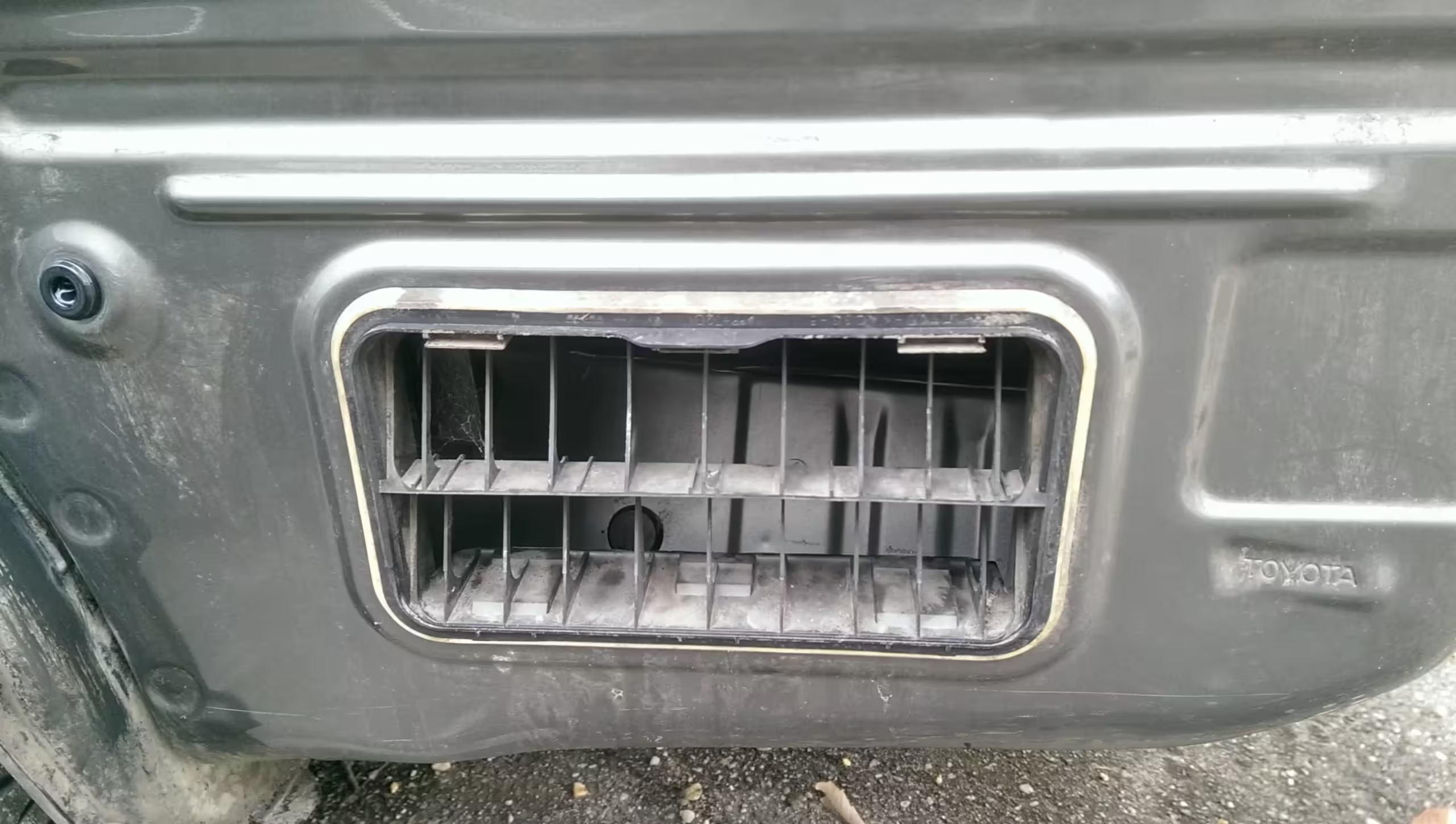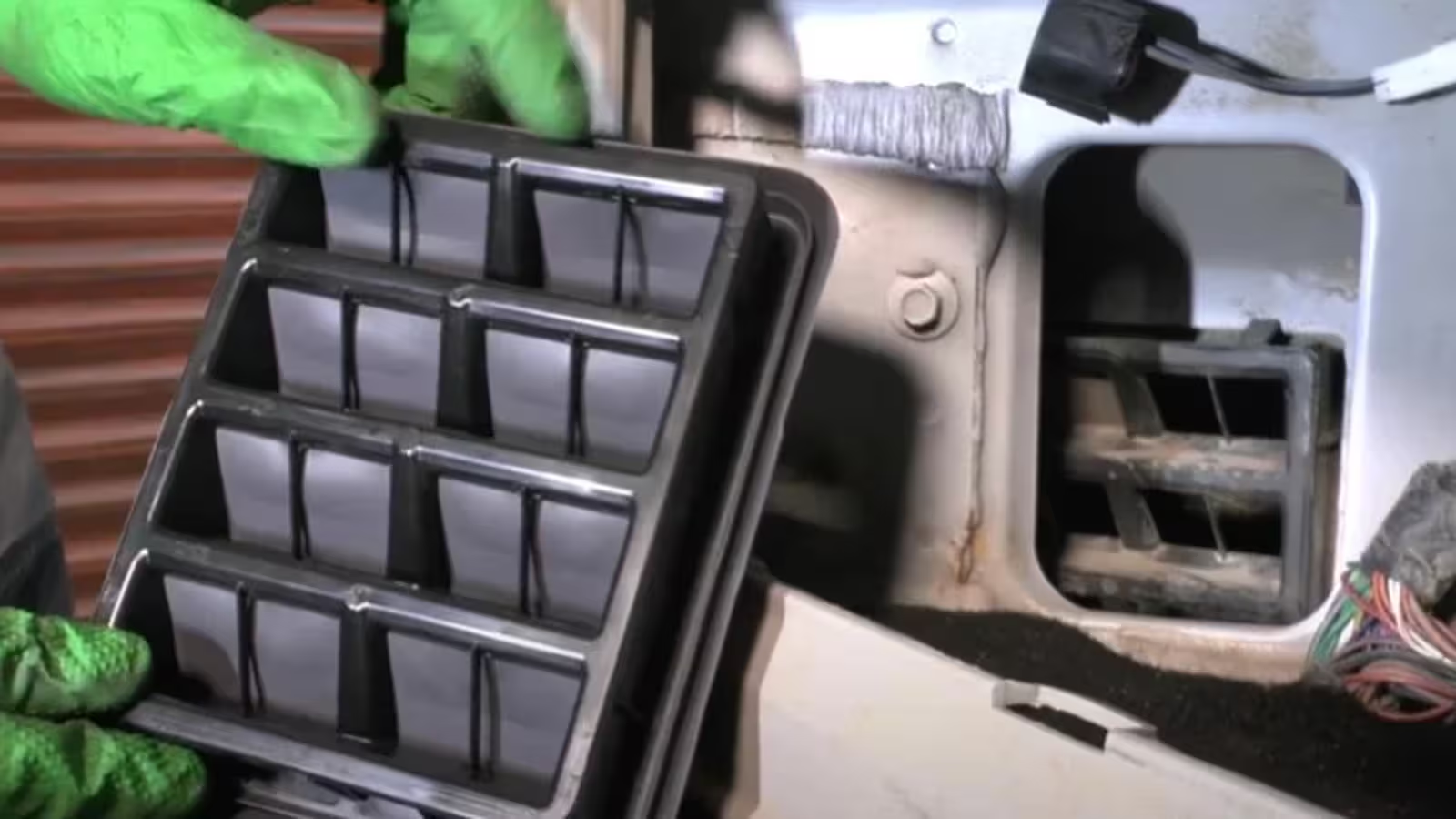4 Minutes
The Hidden Purpose of Rear Bumper Air Vents in Modern Cars
Many car enthusiasts and everyday drivers have noticed small, often overlooked vents discreetly placed behind the rear bumper, beneath the trunk, or behind the rear panel of certain vehicles. But what exactly are these air outlets, and why are they critical to the design and performance of today’s automobiles?
Cabin Pressure Relief: Enhancing Comfort and Protection
Known as cabin air vents, pressure relief valves, or cabin pressure exhausts, these cleverly engineered outlets perform a vital function. They are typically made from elastomeric flaps encased within a durable plastic frame. The design allows them to remain closed during normal conditions, but they automatically open when the air pressure inside the cabin surpasses the exterior pressure. This phenomenon often occurs when car doors are closed, or the climate control system (like the air conditioner or heater) is in use.
By providing a passage for excess air to escape, these vents maintain an optimal atmospheric balance within the vehicle’s interior. Not only does this make the ride more comfortable for passengers—keeping the air fresh and manageable even with closed windows—but it also serves a safety function. Under high-pressure scenarios, such as rapid door closures or driving at higher altitudes, the windows may experience undue stress. Well-regulated cabin pressure through these air vents helps prevent windows from bowing outward or sustaining damage.
Vehicle Design and Engineering Specifications
Automakers have placed great emphasis on creating hermetically sealed cabins in recent years to enhance sound insulation and the overall quality of the ride. While these airtight designs reduce noise and improve comfort, they can exacerbate pressure build-up during everyday vehicle operations. This is where these rear bumper air outlets come into play, addressing a vital engineering challenge.
When doors are closed, particularly in tightly sealed, modern vehicles, the effect known as "air coupling" can require up to 40-60% of the total force needed to close the door. By equalizing pressure via rear cabin exhausts, the force required is minimized, reducing wear and tear on door mechanisms and boosting user comfort.

Performance and User Experience
Cabin air vents are designed not only for comfort but also for performance. Ensuring efficient airflow management leads to better air circulation from HVAC systems and prevents stale air build-up. This is especially advantageous on long road trips and in extreme climates where closed windows are the norm for temperature control or safety reasons.
Comparing Designs Across Brands
Leading automakers like Ford have invested significant research into optimizing cabin venting systems. Studies in conjunction with institutions such as the Institute of Dynamic Systems and Lawrence Technical University confirm that properly functioning cabin air outlets are essential for modern, high-quality vehicle interiors. While the basic principle remains similar across manufacturers, each brand may tailor the size, location, and design of these vents according to their vehicle architectures and market positioning.
Market Positioning and Consumer Value
While often unnoticed, the addition of rear air vents is a mark of sophisticated automotive engineering. It reflects a commitment to occupant comfort, ride quality, and long-term durability—attributes increasingly valued in today’s automotive marketplace. Buyers looking for advanced vehicle specifications should recognize the presence of such features as a testament to a manufacturer’s attention to detail.
In summary, rear bumper air vents and similar pressure relief systems are small but essential components that bridge the gap between exceptional comfort, vehicle performance, and innovative automotive design. By understanding their role, drivers can better appreciate the meticulous engineering that goes into every modern car.



Comments